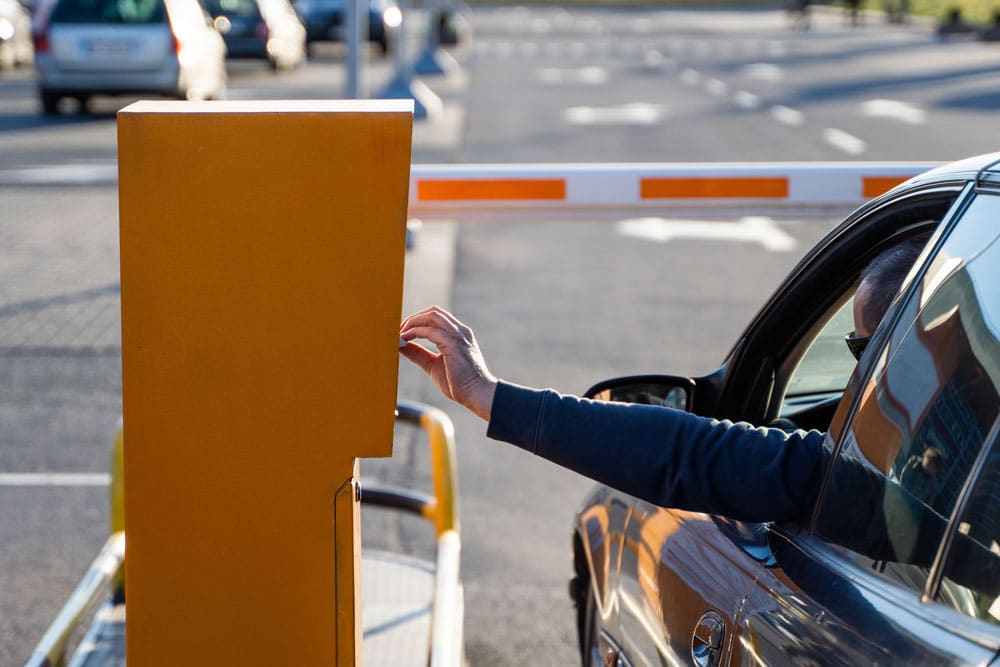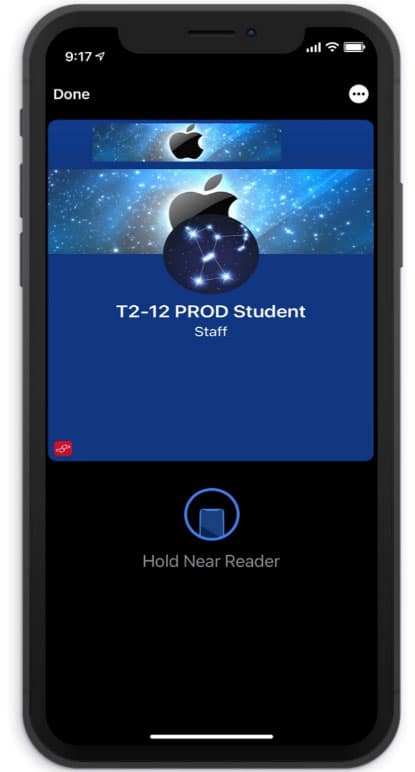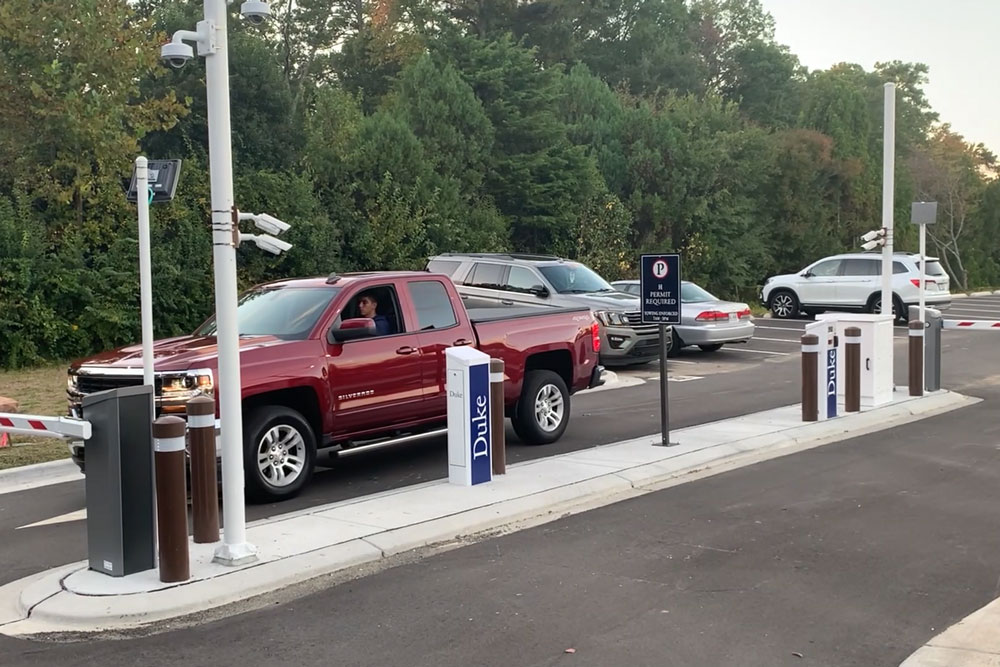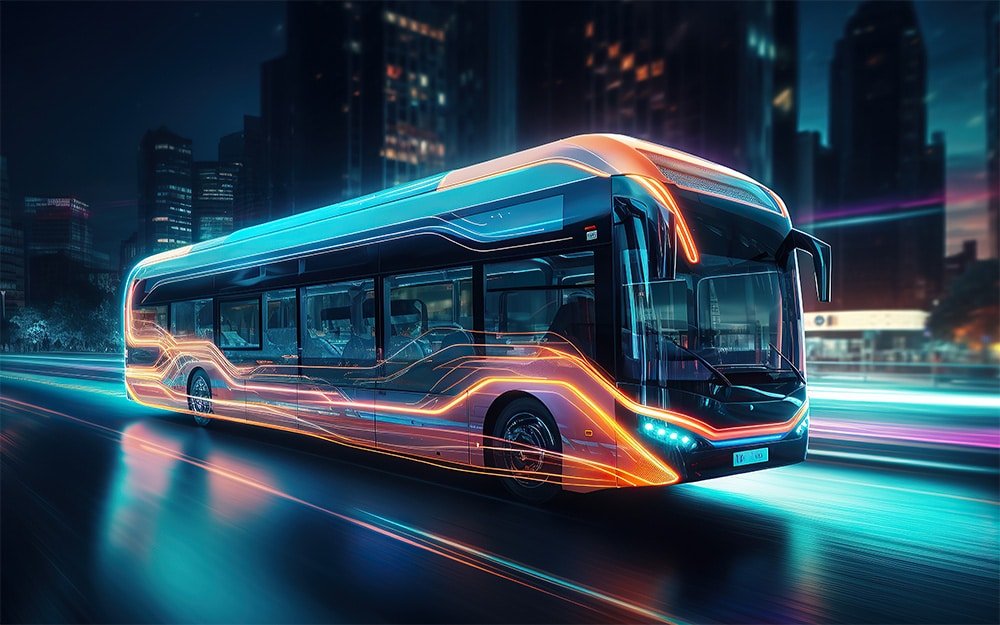Mobility & Tech
Mobility & Tech
The Evolution of Access Control

stock.adobe.com / Volodymyr
Parking access control has been around for decades. Developed to be used in a variety of environments, including airport, commercial, municipality, and university markets, parking access control provides individuals with access to a parking facility by presenting some form of media to a device on entry. Use cases for parking access control can include residents or employees in a city or town, staff and students on a university campus, hotel guests, valet parking, emergency service vehicles, or simply basic security.
Access Control Challenges
During the onset of parking access control systems, parkers were often given a single form of access credential in the form of a proximity or RFID card. They were usually required to physically travel to the parking operator’s office to purchase and obtain the credential. However, this model often had zero accountability and minimal security. Credentialed parkers could easily share their access control credentials with others, leading to revenue loss and security risks for the operator.
On the back end, the entire process of issuing and assigning parking access credentials and billing for parking access has often been done through two or more separate systems that do not integrate with one other in real time. This creates duplication of data entry, mistakes due to human error, and complex auditing processes to ensure accuracy against the various systems. Additionally, when one vendor makes software updates, it can impact the data import/export process with the other systems.
These challenges that evolve from using multiple systems are not just felt by the parking operator, but often by the parker as well. Negative impacts to the parker can include access denial or invoicing issues. Meanwhile, the parking operator often must hire additional staff to handle the operational and customer service impacts, as well as identifying which software provider is responsible for particular issues.
The Evolution to Unified Parking Management
Today we have unified, enterprise hosted parking management systems that combine software and hardware offerings to encompass all of an organization’s needs. Moving to a unified system can solve many of the challenges faced by parking operators. Handling permits, access control, enforcement, and more in a single system eliminates the communication breakdowns, manual data entry, duplication of efforts, and lack of integration. Other benefits include:
Putting the Parker in Control
Utilizing mobile technology and leveraging parkers’ real-time access to the internet, parking operators can transfer the management of access control to each individual parker, department, company, or third party. There are numerous product offerings that allow parkers to purchase and maintain their access credentials online. This is much more customer-friendly, secure, and seamless for the parker. It also enables the vendor and operator to offer parking to a larger population with less staffing and capital expenditures than typically associated with parking access and revenue control systems.
Providing More Options

With the technology available today, parking operators can customize a variety of parking options catered to the specific needs of individuals or groups of parkers. Examples include allowing specialized rates tied to specific time slots or offering non-concurrent days for a specified time allotment typically used by medical staff and university commuters. This not only provides a better parking experience for customers, but also allows the parking operator to operate more efficiently and increase revenue by more effectively selling the available spaces in their facilities.
Access Control Billing
Parking operators can offer many billing options using what is known in the industry as contract and profiles for access control. This platform allows for individual, corporate, or departmental billing options. These billing options may include automated electronic invoicing via email or recurring credit charges to be paid by the account owner or by the individual parkers within the account profile.
Command Center Environment
The ability to monitor and control hundreds of parking lanes using a single enterprise system reduces the need for customer service agents in each facility. Parking access control exceptions can be managed from any internet capable device, whether by a customer service agent in the office or by staff out in the field.
Remote cashiering or rate push capabilities provide operators additional options for access control. Parkers who have exceeded their parking schedule or time allotment can be charged automatically, or fees can be pushed to the parking device by the customer service agent for real-time payment. This can also increase compliance, as repeat parkers will know that they cannot get away with gaming the system.
Looking Toward the Future
As we move into the post-pandemic world, the expectations of parkers have evolved to include handsfree / touchless options for access control and the ability to pay for parking in advance using their mobile device. Touchless options that exist today include AVI tags, mobile NFC credentials, mobile-based barcodes and QR codes, and Fixed license plate recognition.

Mobile options continue to grow in functionality and popularity. One newer option that is becoming more prevalent is the virtual wallet pass, which houses a parker’s credential in their Apple or Google Wallet. The parker simply opens the pass in their wallet and taps their phone to an NFC reader on the entry device, providing a smoother access experience.
License plate recognition technology is also continuing to advance. There are many solutions on the market that use LPR to provide access to a facility with or without gates for an improved customer experience. Additionally, LPR combined with occupancy and wayfinding systems now provide parking operators the ability to assign access control to specific areas in a facility and charge variable rates based on where a vehicle is parked.
One of the biggest trends to monitor in the coming years is around electric vehicle charging. Parking vendors and operators should be looking for ways to incorporate, and eventually monetize, charging services. For example, operators could offer charging to parkers via mobile NFC access control, either for free or a preset charge as electric vehicles become more common, and standards are developed.
James Fedor is director, PARCS product management for T2 Systems and serves on the IPMI Research & Innovation Task Force.
-
This author does not have any more posts.


The Digital Tsunami is Here
How Data Standards are Shaping the Future of an Interconnected

Beyond Plugs
How Wireless Charging Technology is Revolutionizing Electric Public Transportation





